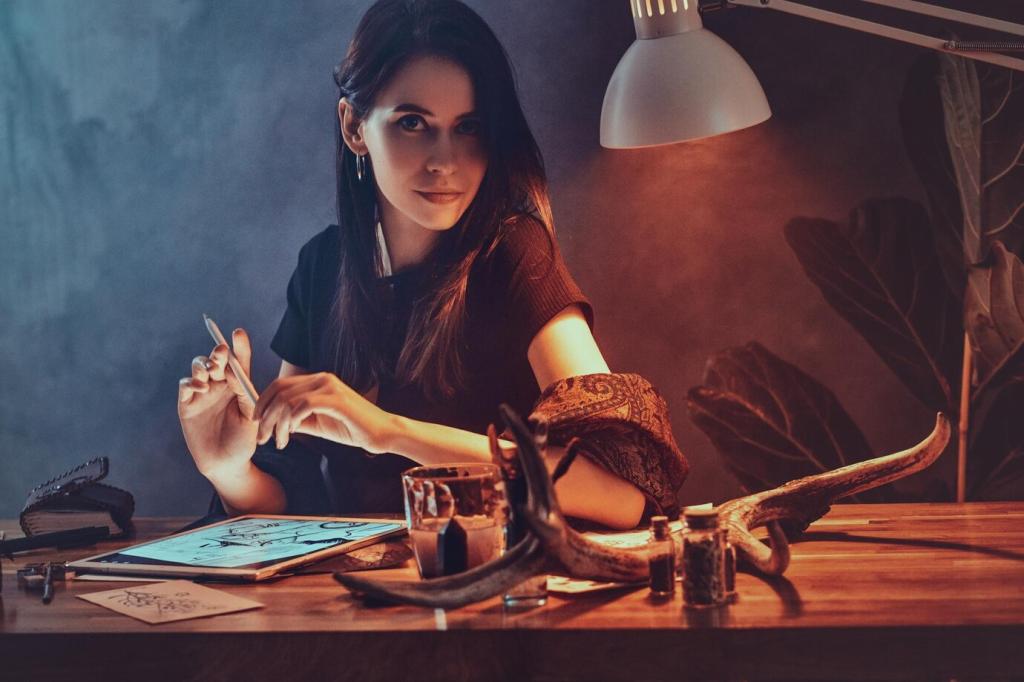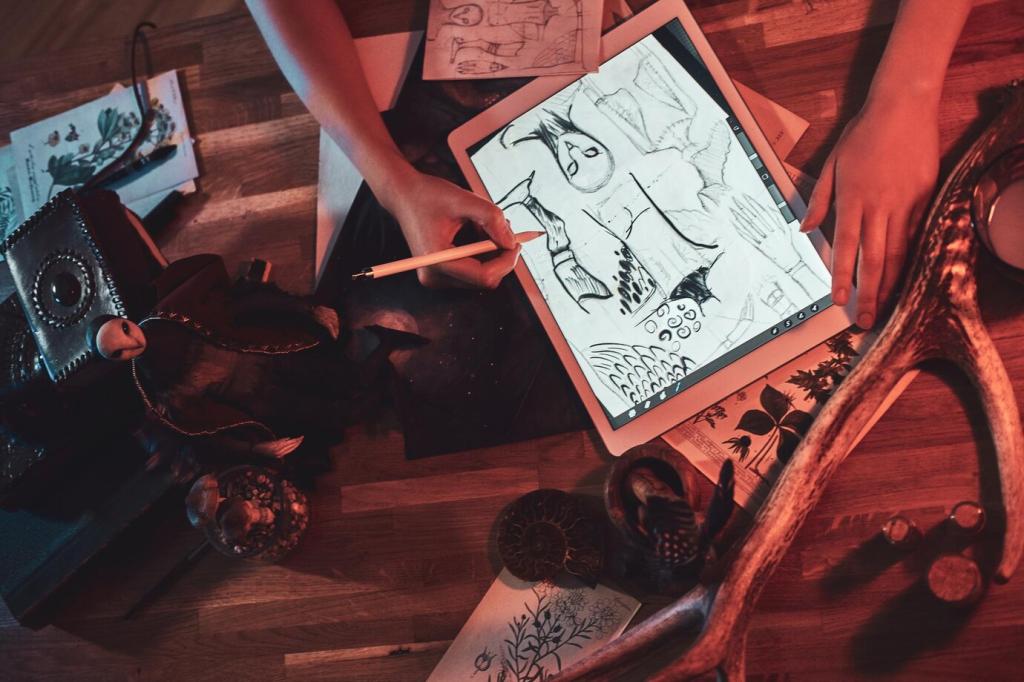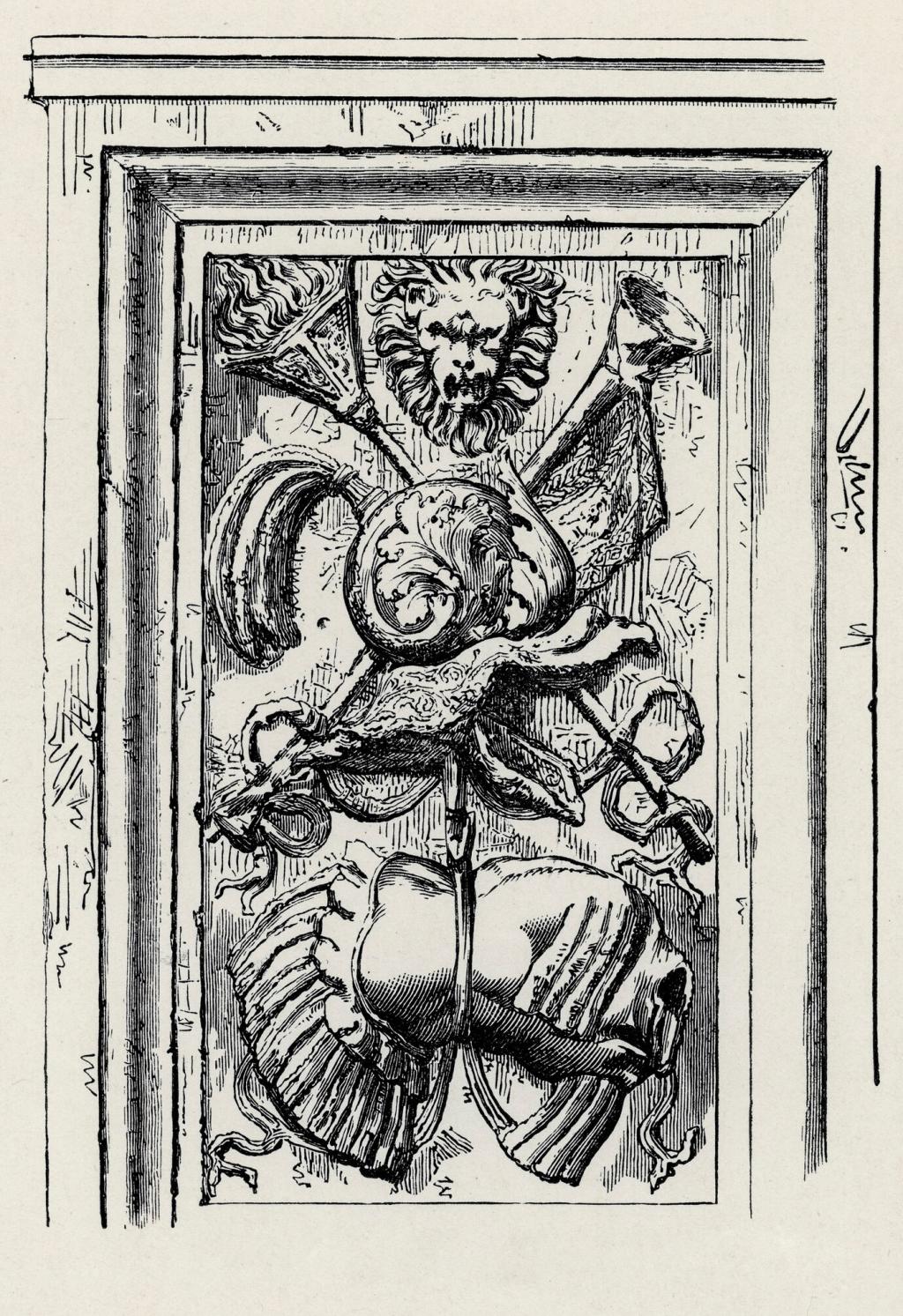Foundations of Creature-Inspired Letterforms
Use pressure modulation to create alternating thick-thin rhythms that read like scales or feather barbs. A steeper nib angle sharpens edges, while gentle release softens transitions, implying layered textures without literal illustration.
Foundations of Creature-Inspired Letterforms
Design a cohesive set of capitals and lowercase forms where terminals echo horns, ears, or fins. Consider how bowls, counters, and crossbars can hint at anatomy, balancing legibility with evocative silhouette and movement.





